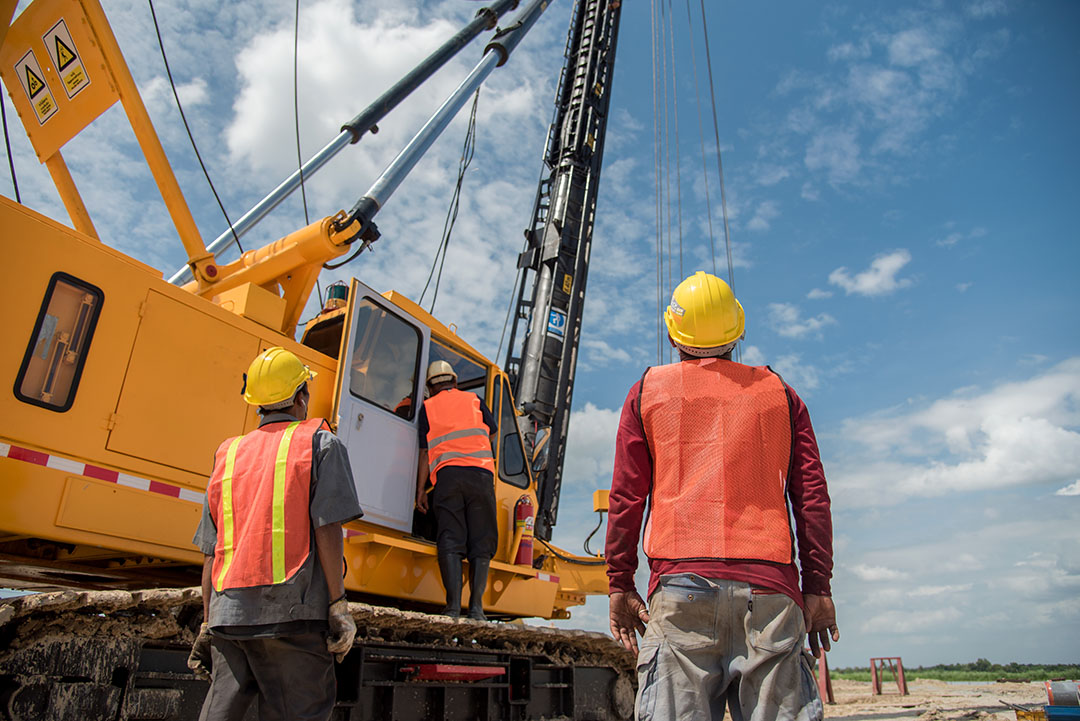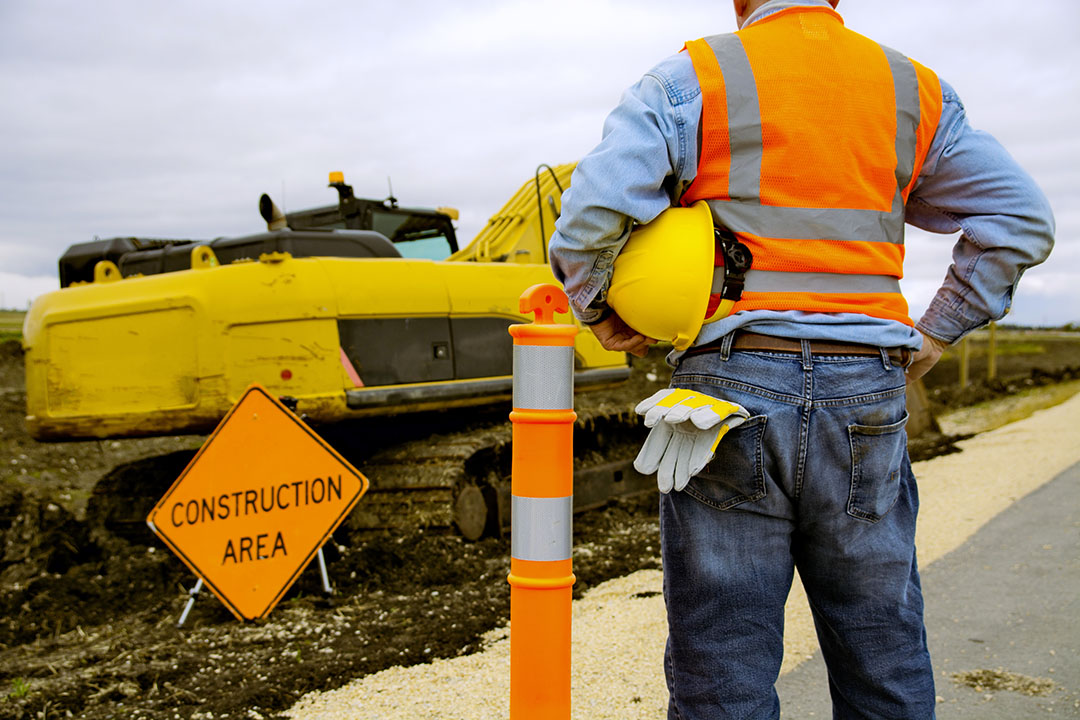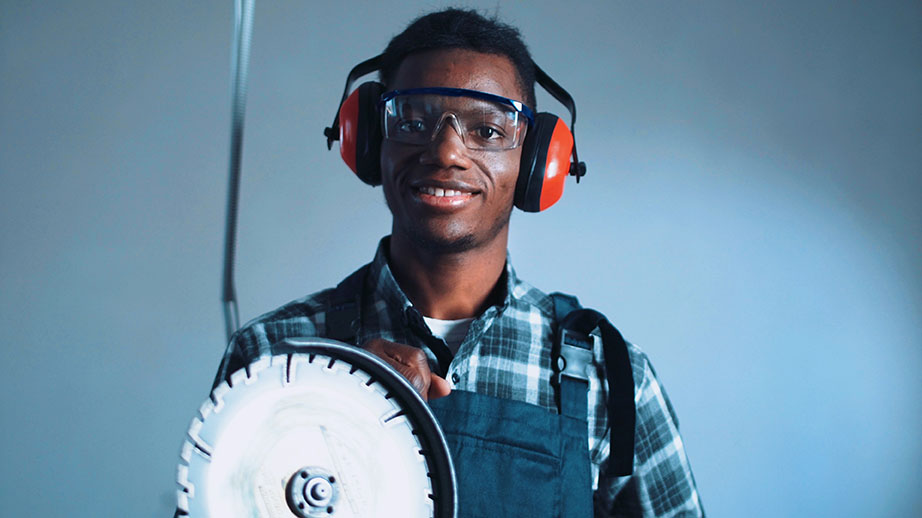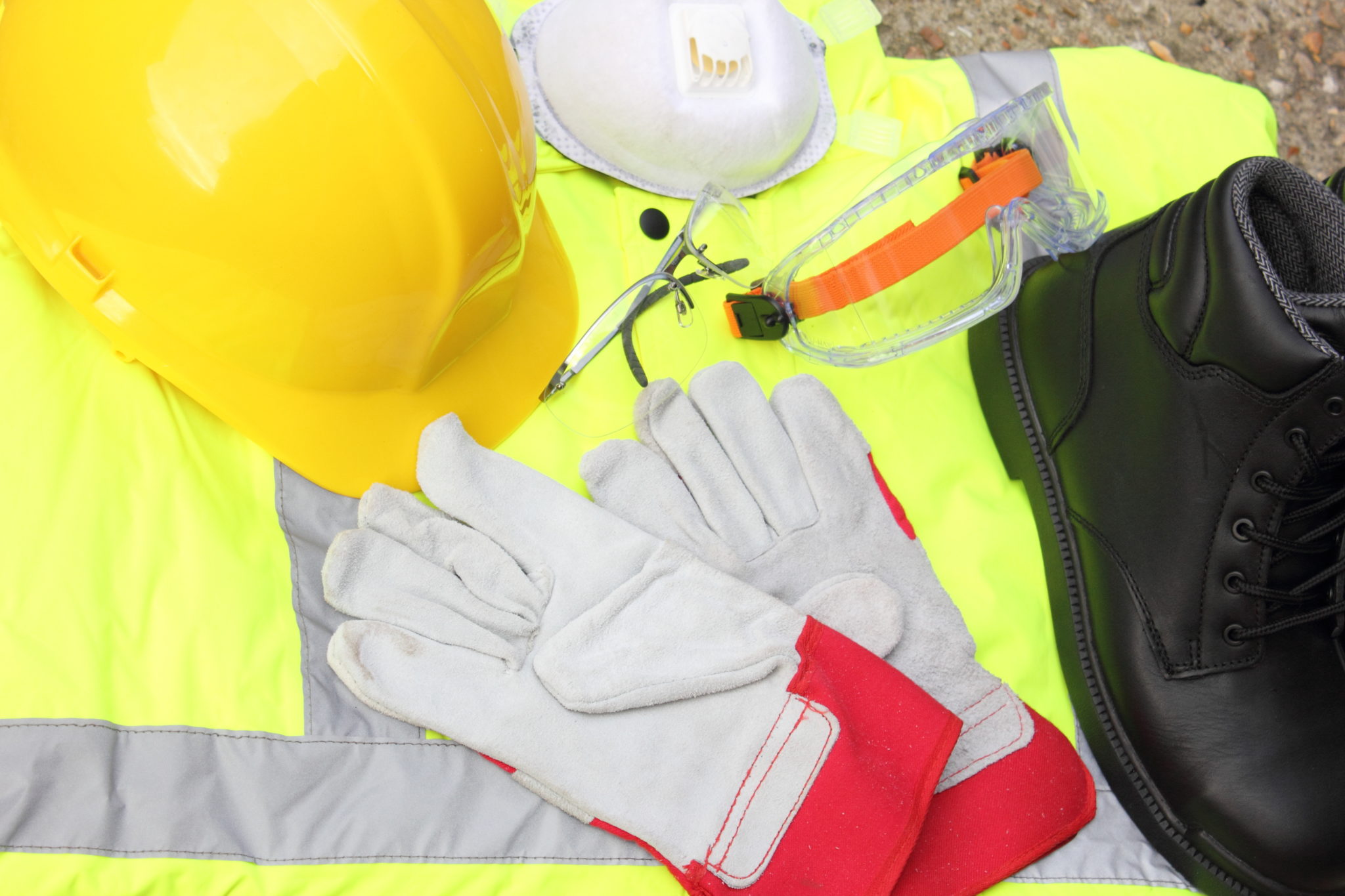Personal Protective Equipment (PPE)
Personal protective equipment, or PPE, protects workers from workplace hazards. The Occupational Health and Safety Administration applies a special standard for PPE used in construction. According to OSHA, most PPE used in construction must meet the standards of the American National Standards Institute, or ANSI. The employer must provide most required PPE, and must train employees on how to use and maintain it. These basics will help you anticipate what kinds of PPE may be needed.
Body Protection
Body protection can range from jackets for cold environments to full-body protective suits. Aprons or other water-resistant gear must be provided for wet environments. High-visibility PPE helps protect workers in high traffic areas from being struck by vehicles. Full body coverings can provide resistance against fire hazards or projectile hazards.
Leg and Foot Protection
Legs and feet are vulnerable in construction. They can get crushed, burned, or injured. Employers must conduct a hazard assessment of the workplace to determine the protection needed. Close-toed shoes are required by OSHA for most construction environments. They must meet ANSI standards. A variety of shoes and boots fulfill this requirement, but they must be maintained to work properly. The employer is usually not required to pay for footwear, even if a special kind is required.
Hand Protection
Your hands are your most important tools. OSHA recommends gloves be chosen based on the job task and its hazards. Gloves can range from leather gloves that protect against abrasives to chemical resistant gloves that protect against specific chemicals. Gloves must be inspected before use, and reusable gloves must be cleaned and inspected after use.
Head Protection
In construction, there is a heightened danger of falling objects, overhead electrical hazards, or fixed objects someone could bump their head into. Head injuries can cause debilitating damage or death, so head protection meeting ANSI standards is required.
Hard hats protect the head from impact, but some can also protect against electrical shocks and burns. In general, head protection must:
- Fit properly
- Be worn correctly
- Be inspected before use
- Be replaced if damaged or after an incident
- Be replaced every 2 years if worn daily, with suspensions replaced yearly
Do not decorate hard hats unless allowed by the manufacturer. Do not store hard hats in direct sunlight.
Eye and Face Protection
OSHA requires eye protection for jobs which expose workers to particles, debris, dust, molten metal, chemical hazards, or harmful light radiation. The eye protection required depends on the job task and could include goggles or specialized face shields.
Workers who wear prescription eyeglasses will need to wear oversized safety glasses over them, or purchase prescription safety glasses that meet ANSI standards. Employers must provide eye protection that accommodates prescription lenses, but they are not normally required to purchase prescription safety eyewear. Contacts can trap debris or chemicals in the eye, increasing the risk of injury, so they may only be worn if allowed by company policy. Eye protection should fit comfortably, be easy to clean and disinfect, and shouldn’t obstruct vision.
Hearing Protection
If noise levels in the workplace exceed OSHA limits, or are too loud to have a conversation, workers need hearing protection. There are three main types of hearing protection: foam ear plugs, molded ear plugs, or ear muffs. Ear muffs tend to be the most comfortable, but can interfere with other types of PPE.
Respiratory Protection
Respiratory protection may be required for certain jobs, such as working in blast-cleaning rooms, around abrasive blasting, or around certain chemicals. Respiratory protection can range from N95 particle masks, which keep dust and other particles out of the lungs, to air-purifying respirators designed protect against chemical fumes or vapors. If a respirator is required, OSHA requires a medical evaluation to ensure the employee can physically handle wearing the respirator. Employees also need training on how to use, maintain and inspect their respirators, including a fit test.
Specialized PPE
The more dangerous the job is, the more sophisticated the PPE can get. Work in elevated areas may require fall protection. Other jobs require PPE as diverse as chemical or biohazard suits. The employer must ensure that employees receive the proper equipment and training for any hazardous task.
Fit, Maintenance and Repair
PPE must fit well. If it is too loose it may not protect properly, and if it is too tight it may be uncomfortable and employees may not wear it. If more than one type of PPE is worn, they must not interfere with each other. For example, your hard hat must accommodate your ear muffs and still fit properly. Check the manufacturer’s instructions for guidance on how to maintain and repair it. If the PPE protects against a chemical hazard, it may have special laundering, maintenance, decontamination, and disposal procedures. If PPE is damaged through normal use, the employer may be required to purchase its replacement.
Summary
PPE is an essential part of keeping workers safe on the job. Correct PPE must be chosen based on the hazards involved and the level of protection needed. Employers are responsible for ensuring that proper PPE is available to employees. Employees are responsible for wearing their PPE, maintaining it properly, and reporting any PPE issues promptly.
Find a complete list of OSHA’s regulations here.
This OSHA pocket guide includes PPE regulations and checklists.
SafetySkills has developed a comprehensive overview of the types of PPE found on construction sites, and the considerations for choosing and using PPE.






